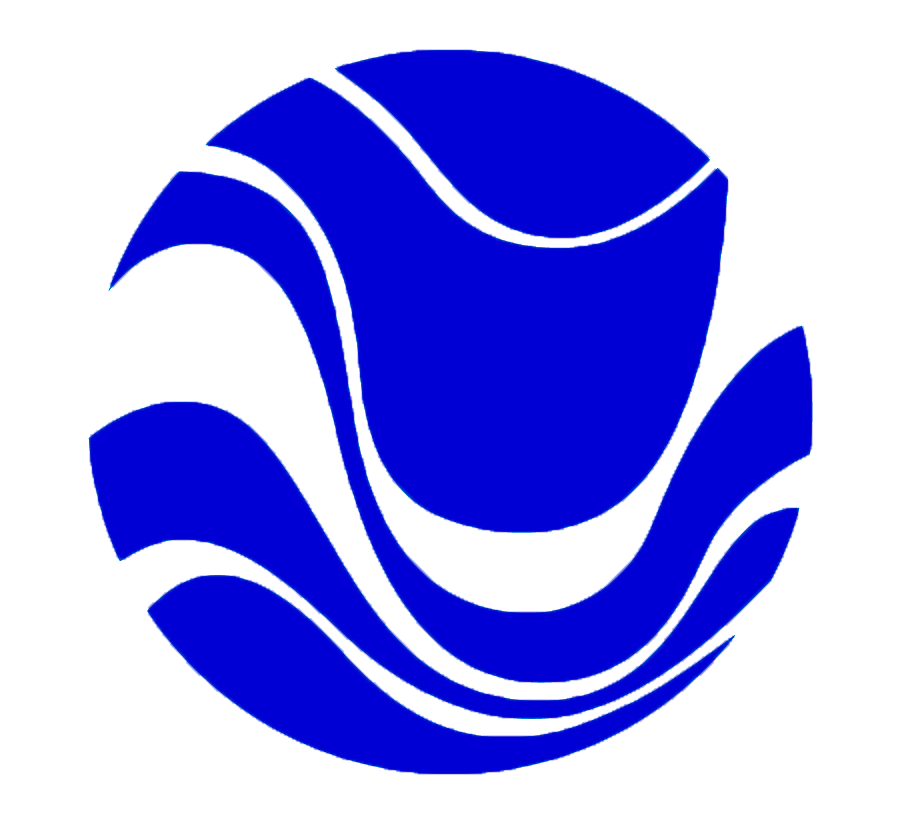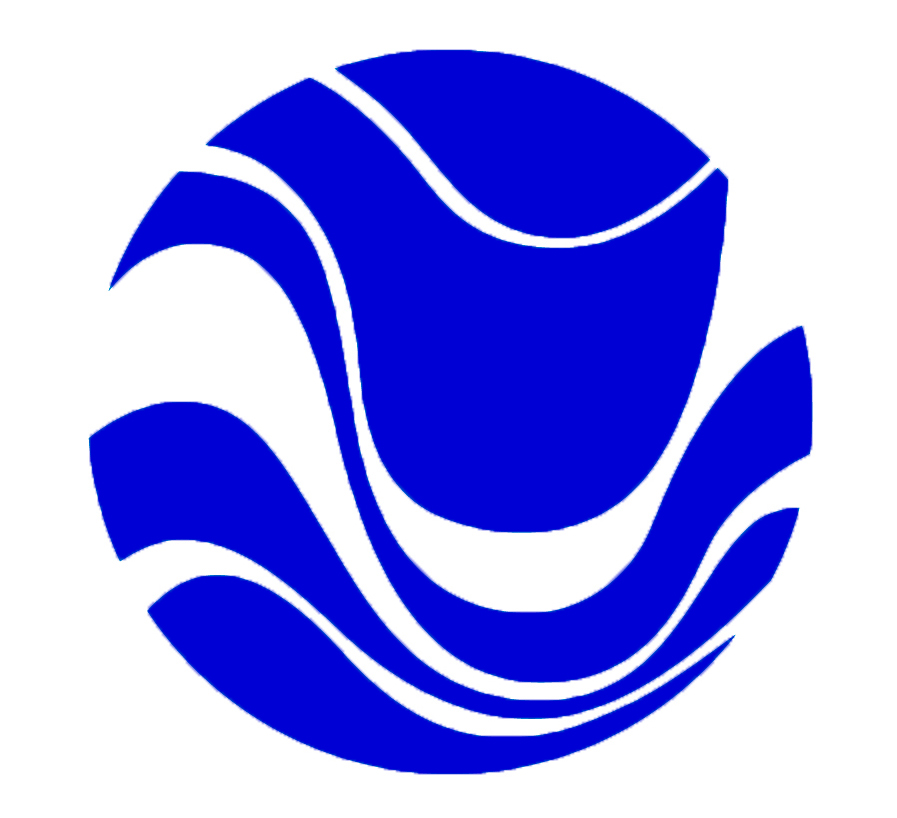Mid December 2006 Walter and I drove the old van to Moorabbin airport to catch our flight to Flinders Island.
I had recently returned home from an amazing adventure in China and my new studio in Beijing and thought that my time on the trip with Walter would be reflecting about my China trip.
Walter was really enthused and with a painting kit all packed and ready to go was eager to discover some great painting spots.
As I was learning the Chinese language, I decided to take my workbooks with me and spend the week studying. I told Walter that as I had had such an exciting time in China, I would not make any artwork on Flinders island.
We had pre booked our accommodation and rental car, so plans were to be straight forward in settling in.
Not a red cross, but Whitemark on the map showed us the main hub of activity on the island. We had a little house on Patrick Street, a short walk to both the Pub and the foreshore.
What is that saying about mouthing off, then having to eat your words? That is exactly what happened to me. After purchasing a few supplies of tea, coffee and breakfast foods we set off to look around.
I was AMAZED. I could not believe that within a few hours on the island my plans were completely and utterly thrown out the window.
Below is an extract from: https://visitflindersisland.com.au/
Flinders Island is one of 52 islands in the Furneaux Group dotted across Bass Strait, north-east of Tasmania.
When the eastern Bass Strait Islands were still a land bridge between mainland Australia and Tasmania, the region was a highway for traveling aboriginal groups. With the flooding of the land bridge the Tasmanian Aboriginal Community was separated from their mainland cousins and they developed their own culture and practices.
The history of Flinders Island begins with the Tasmanian Aboriginal people who were the first residents 35,000 or more years ago. About 9,000 to 4,000 years ago for reasons uncertain the Tasmanian Aboriginals ceased to be full time occupants of the Furneaux group of which Flinders is the largest island. The next human contact was when Tobias Furneaux discovered the islands in 1773. However, he did not land on any of the islands. In 1797 the merchant vessel “Sydney Cove”, en route from Calcutta to the fledgling colony at Port Jackson, was beached off Preservation Island, south of Cape Barren Island. Read more at the website.
The geological formations across the Southern coast of mainland Australia, Bass Strait and Northern Tasmania are a stunning display of Granite mixes formed some 380 million years ago. An orange lichen that grows on the rocks is a combination of algae and fungus providing food for tiny organisms.
It was these rock formations of brilliant colour and shape against a clear blue sky that shifted my plans to create artworks on Flinders Island. The complimentary colours of Orange and Blue forming positive and negative spaces of harmony for the eye captivated me and I was willing to submit to interacting with nature.
At this point with six days ahead of us we were both very keen to get out and about seeking sites to create. Because we were both wanting to interact with nature but in very different ways; Walter to paint and me to use what nature offered for hands-on creations, he would drop me at a site that I liked and drive to a place that suited him.
We did find two sites that suited us both which meant that we could share a cuppa when finished or on a break.
If you have been following my Blogs, you will know that documentation of my works is significantly important. Even with the artworks created in Farrera, it is the documentation that I take with me, as the work is left behind, returned to nature or given to the Residency Centre.
Walter and drove to a site high above the beach, with mountains in the background, we both loved it. I looked across the beach where not one footprint impacted on the smooth surface. I said, “look at that vast canvas just waiting for an image”. I was smitten and while Walter took out his sketch pad and pencils, I wandered down below.
Think of the ocean, eons of time it has taken to form this island, the sea creatures and the vast expanse of sand. My thoughts of the nautilus and the perfect spiral within gave rise to me stepping out and marking Spiral from the Sea.
The outcome of this island journey is great memories and the realization not to have expectations. I am so pleased that the natural environment of Flinders island drew me in.
To view the full image: Select and click on first image – click on the i in a circle RHB of opened page then select View Full Size.


















